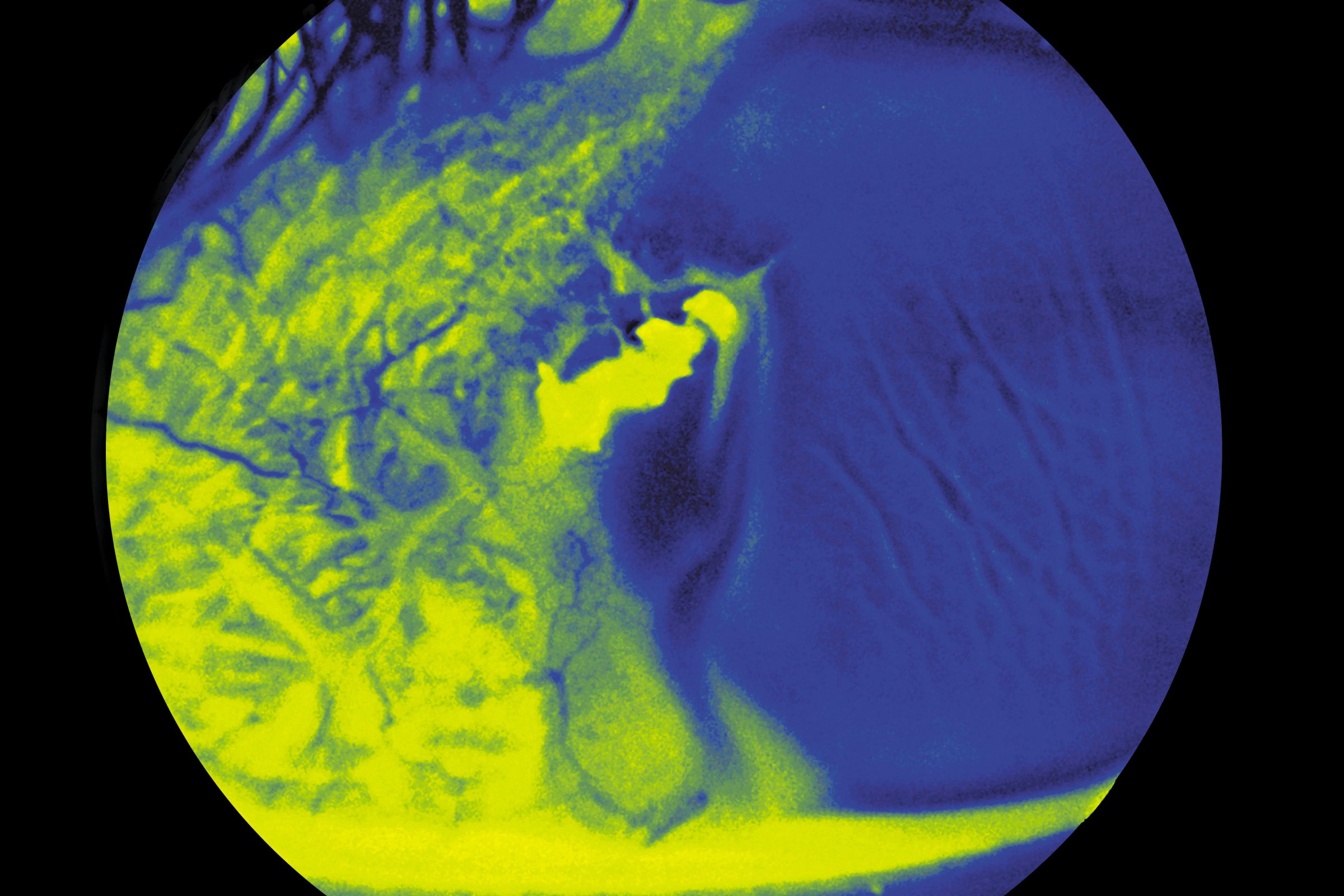
Scientists may have discovered a way to regrow human corneas by implanting stem cells into mice, providing hope to those with degenerative eye diseases and victims of chemical or thermal burns.
The degradation of limbal stem cells — cells that help repair corneal tissue — is the most common cause of blindness. According to the study released in the journal Nature, researchers used antibodies to target a molecule called ABCB5, which had never been found on limbal stem cells until now.
Scientists used the tracing molecule to detect the elusive limbal stem cells deep inside the limbus, which is an area between the white portion of the eye and the cornea. Researchers then successfully transplanted the limbal stem cells from deceased donors into mice to create fully formed human corneas.
“The mouse model allowed us for the first time to understand the role of ABCB5 in normal development, and should be very important to the stem cell field in general,” said Dr. Natasha Frank, of the VA Boston Healthcare System and Brigham and Women’s Hospital.
Although the study has rather broad implications, co-lead author Dr. Bruce Ksander, of Massachusetts Eye and Ear Infirmary, admitted that it didn’t guarantee sight for all blind patients. “Limbal stem cells are very rare, and successful transplants are dependent on these rare cells,” he said.
More Must-Reads from TIME
- Inside Elon Musk’s War on Washington
- Meet the 2025 Women of the Year
- The Harsh Truth About Disability Inclusion
- Why Do More Young Adults Have Cancer?
- Colman Domingo Leads With Radical Love
- How to Get Better at Doing Things Alone
- Cecily Strong on Goober the Clown
- Column: The Rise of America’s Broligarchy
Contact us at letters@time.com